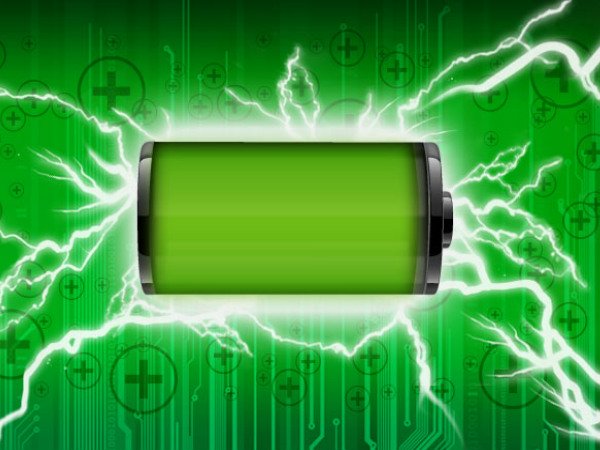

I never thought that is possible to make elastic high-capacity battery from wood pulp. Now it is obviously. A very good team of researchers from KTH Royal Swedish Institute of Technology and Stanford University made this come true. They used nanocellulose broken down from tree fibre to produce a kind of elastic foam designed to withstand shock and stress.
Trees give interesting materials and cellulose to make other incredible materials. This new wood-based aerogel material it can be used into three-dimensional structures says Max Hamedi one of the researchers. In three dimension batteries can be built with no restrictions and more electronics can be fitted in a smaller space, in fact all is about more power in the same space of a conventional battery.
“Three-dimensional, porous materials have been regarded as an obstacle to building electrodes. But we have proven that this is not a problem. In fact, this type of structure and material architecture allows flexibility and freedom in the design of batteries,” added Hamedi one of the researchers.
The whole process for creating the material for the elastic high-capacity battery begins with tree fibres that are made roughly one million time thinner. Than the nanocellulose is dissolved, frozen and then freeze dried, so that moisture evaporates without passing through a liquid state and goes through another process in which the molecules are stabilised, good enough that material does not collapse.
The material is strong, light and soft and can be treated with electronics properties adding ink that conducts electricity within the aerogel. For a similarity, a single cubic decimetre of an elastic high-capacity battery material could cover almost a football pitch.
The material can be pressed as much as you want, while flexible and stretchable electronics already exist inside; the insensitivity to shock is now very high. This elastic high-capacity battery material could be used in electric car bodies, or in clothing, providing lining for the garment.
The research for elastic high-capacity battery was developed at the Wallenberg Wood Science Center at KTH, where Professor Lars Wagberg works on aerogels putting the basis for the invention of soft electronics. The other partner was leading battery researcher, Professor Yi Cui from Stanford University.



